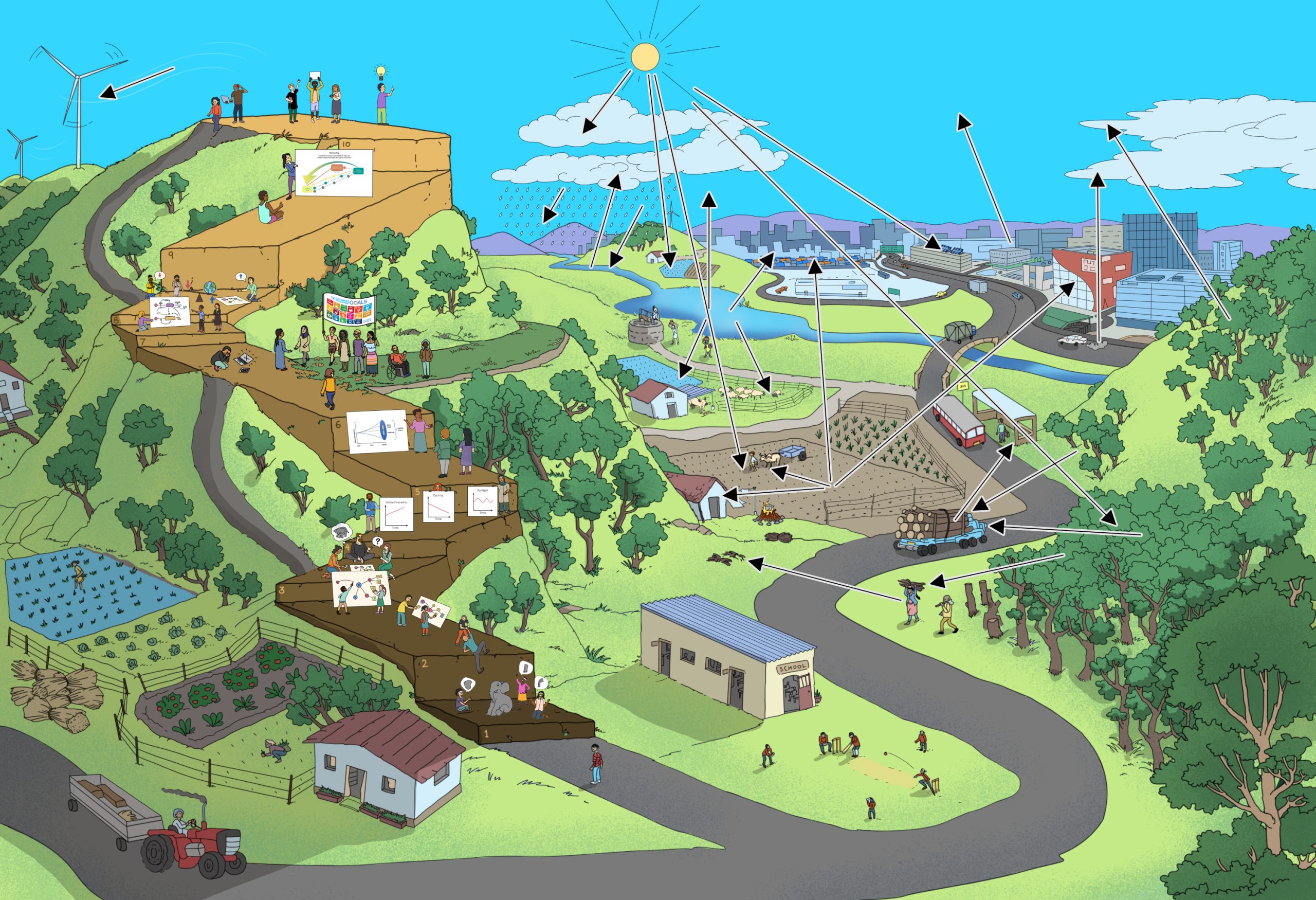Station Learning
Suitable for Steps 2 and 3
Duration
From 2 to 10 hours
Material Needed
Tables, learning diary
Group size
Up to 30
Objective
To help learners analyse a topic from different perspectives and comprehend how the different aspects are interlinked.
Description
This method helps learners to deal with complex topics, by exploring each aspect in detail in small groups. When they have completed all stations, the learners will have a much deeper understanding of the complexity of the topic.
The teacher has to offer a variety of tasks on different aspects of the topicfor learners to develop their own learning path. Each student can decide how many stations to work on.
The teacher sets up fixed Learning Stations within the classroom, where a particular task can be found. At each Learning Station a minimum of one task is given. Further tasks on the same topic for in-depth learning can be offered. A certain timeframe is defined for the time spent at each station.
Each station is designed in a way that it addresses a certain aspect of a topic, which reflects only one aspect of a systems approach. Much time therefore goes into proper planning.
Some learners can decide to become experts in a chosen station and help the teacher in facilitating. Certain learning tasks/ stations can be defined as mandatory (minimum requirements).
You can use the notes from all the stations as a learning journal. The collection of the portfolio of results is helpful to review the learning.
Procedure
- Planning and Conception: Choose the topic, and sub-topics. Define learning objectives and sub-goals. Check if a specific grouping of content necessary, or a sequence of learning.
- Practical preparation and provision of Learning Stations:
- Think about the physical materials needed
- Develop the tasks – write the instructions of the task, craft instructions, experimental set-up etc.
- Prepare a checklist, design a support system if needed (such as “experts”, reference materials).
- Set-up the physical workstations (signage), layout of workspaces.
- Introduction: Explain the idea, workstations, time frame, working regulations (group work etc.), learning objectives, requirements, time for a getting to know the workstations (overview, familiarization).
- Implementation: Provide the time – 2 to 10 hours; support the learners to take up their individual or group work at each station; having explained all the tasks, the teacher should be available for support but allow the learners the time and space to get into their tasks and intervene rarely.
- Learning assessment and presentation: at each station each student/groups writes the results of a task in the learning diary; each individual group presents what they have learnt at each station to the entire class.
- Reflection of the learning process with the learners.
Contribution to Systems Thinking competence
Learners learn how to deal with complex issues and reflect on the learning process. They will realise that the group might have come to the same results and also appreciate that it is helpful to work in teams, since each team adds to the learning process by bringing in new aspects.

